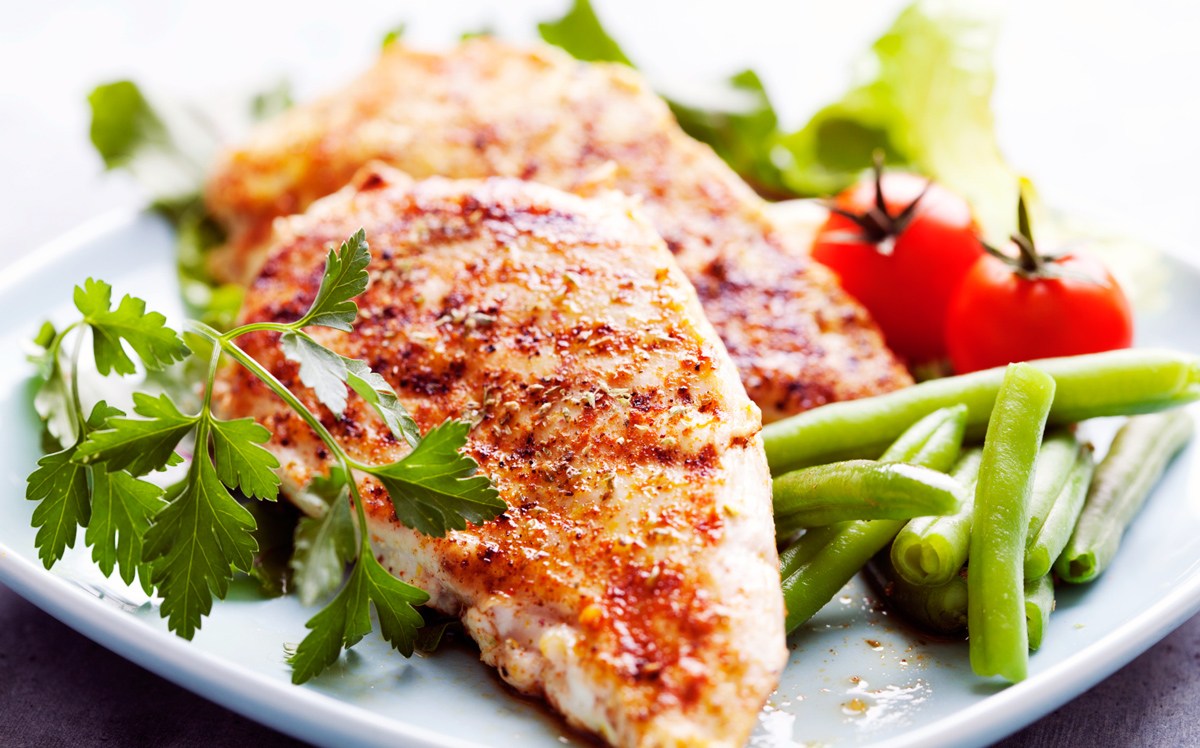Eating healthy is a challenge at any age. For young athletes it can be particularly difficult. Yet Charlotte youth soccer players need optimal nutrition to grow and mature but also for fueling and recovery from training. If only pizza, chicken nuggets, watermelon and yogurt tubes were all kids needed to eat to be nutritious! Here are some strategies that can help your athlete eat better.
#1 Eat healthy at home
Forming good eating habits starts at home. There’s really no way to avoid the fact that your food choices matter. As they get older, kids make more choices out of your house — at school, playdates, sleepovers, parties. But if you’ve talked about healthy eating and fostered a taste for nutritious snacks already at home, your child is more likely to make healthy choices when you’re not there too.
This can include making healthy snacks available. Stocking the nutritious items you want them to eat at kid level in cabinets and in the fridge can help. Some good choices include:
- Sliced apples
- Carrot sticks
- Light popcorn
- Whole grain crackers
#2 Encourage participation
Kids’ food preferences change more often than Neymar’s hairstyles. Still, getting your child involved in food selection and preparation can help you to understand their likes and dislikes. Additionally, your young athlete will feel more engaged in the process if given choice and he or she had a hand in getting the food to the table.

#3 Set realistic goals
Striving for 100% food perfection can be daunting at any age. "Remember it's OK to be a 'B' student with food intake. Perfection shouldn't be the rule, as that can backfire and create distorted body image issues leading to disordered eating,” says Nancy Farrell, MS, RDN, a spokesperson for the Academy of Nutrition and Dietetics.
#4 Make healthy restaurant choices

When we eat out we’re more likely to eat more. Regardless of the size of the portion, we’ll think we need to finish what we’re served. At the same time, because we are out in a social setting, we’re more likely to eat more. So, it’s a good idea to take time at home to help young athletes understand their hunger and what is an appropriate portion size for kids or teens.
#5 Slow down
Just as in the Development Academy, coaches might instruct players to slow the play down and regain control of the play with smart passing, you can encourage your child to slow down at the table. Help them to practice mindful eating and be more aware of when they are full.
#6 Foster confidence
Health choices aren’t always the popular ones. At the soccer camp with access to a soda machine, for instance, it can be considered the cool thing to do to drink as much Powerade mixed with Coke as possible in between training sessions. Prepare them for possible teasing by praising good decisions and encouraging their confidence in making healthy choices.
#7 Keep trying

Don’t give up the first time a food is rejected. This doesn’t mean you have to sit your kids at table for hours on end until they clean their plate of lima beans. Instead, continue to share food items with your child over and over — although doing so every night five nights in a row isn’t likely to work either. Research consistently shows children need to be exposed to a food five to 10 times before they’ll be won over.
#8 Make it a game
These are young athletes we’re talking about, so making a game of healthy eating might work too. Suggestions include:
- A theme tasting day — If the taste is banana, you’d see how many different ways you can prepare banana that day.
- Find the lowest sugar item they would eat in, say, the cereal aisle.
- Guess which of their snack options is healthiest.
- Keep a food diary for each family member and at the end of the week assign point values for healthy or unhealthy choices — see who wins.
Source: https://qcmutiny.com
If you like this article, Follow us on FACEBOOK and INSTAGRAM and PINTEREST!

